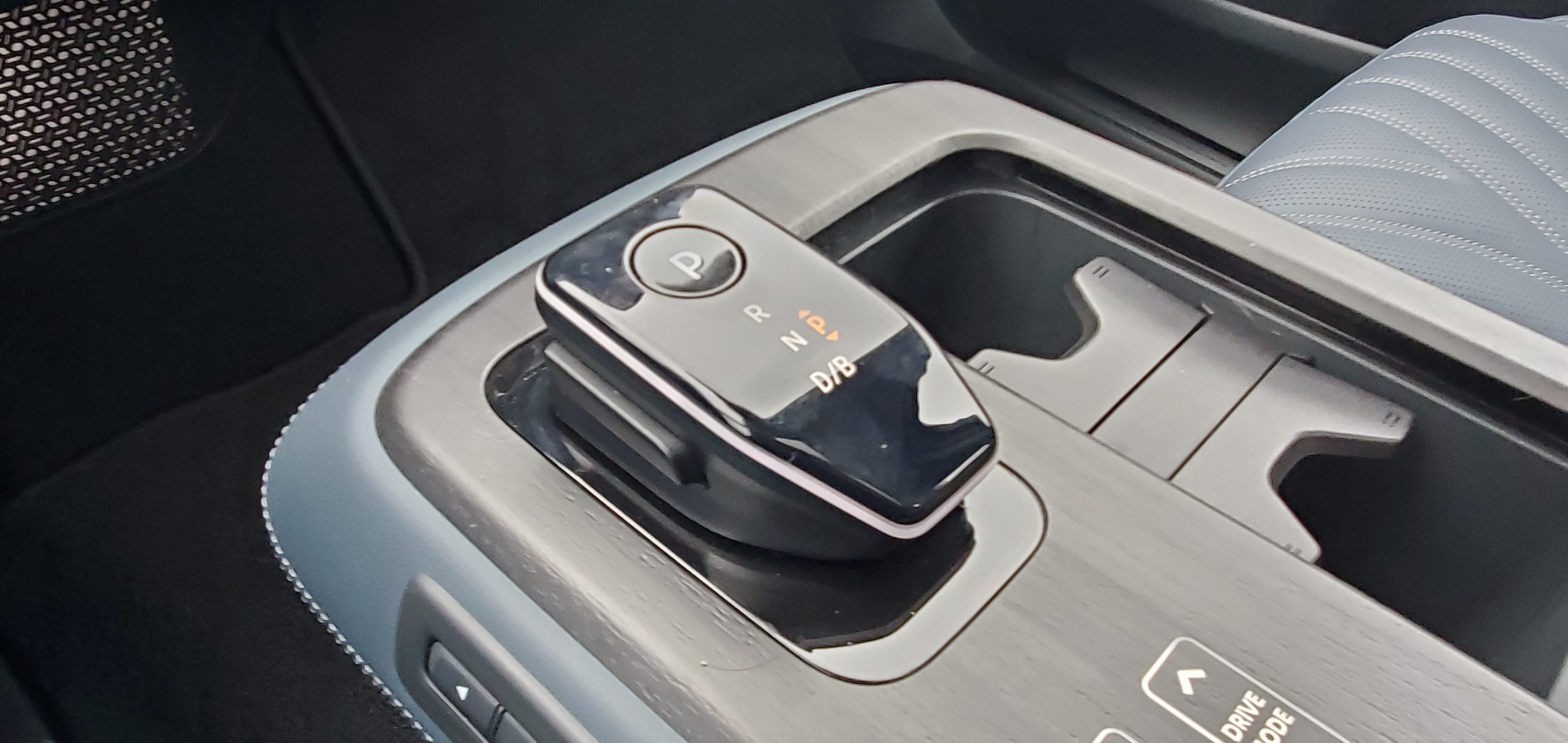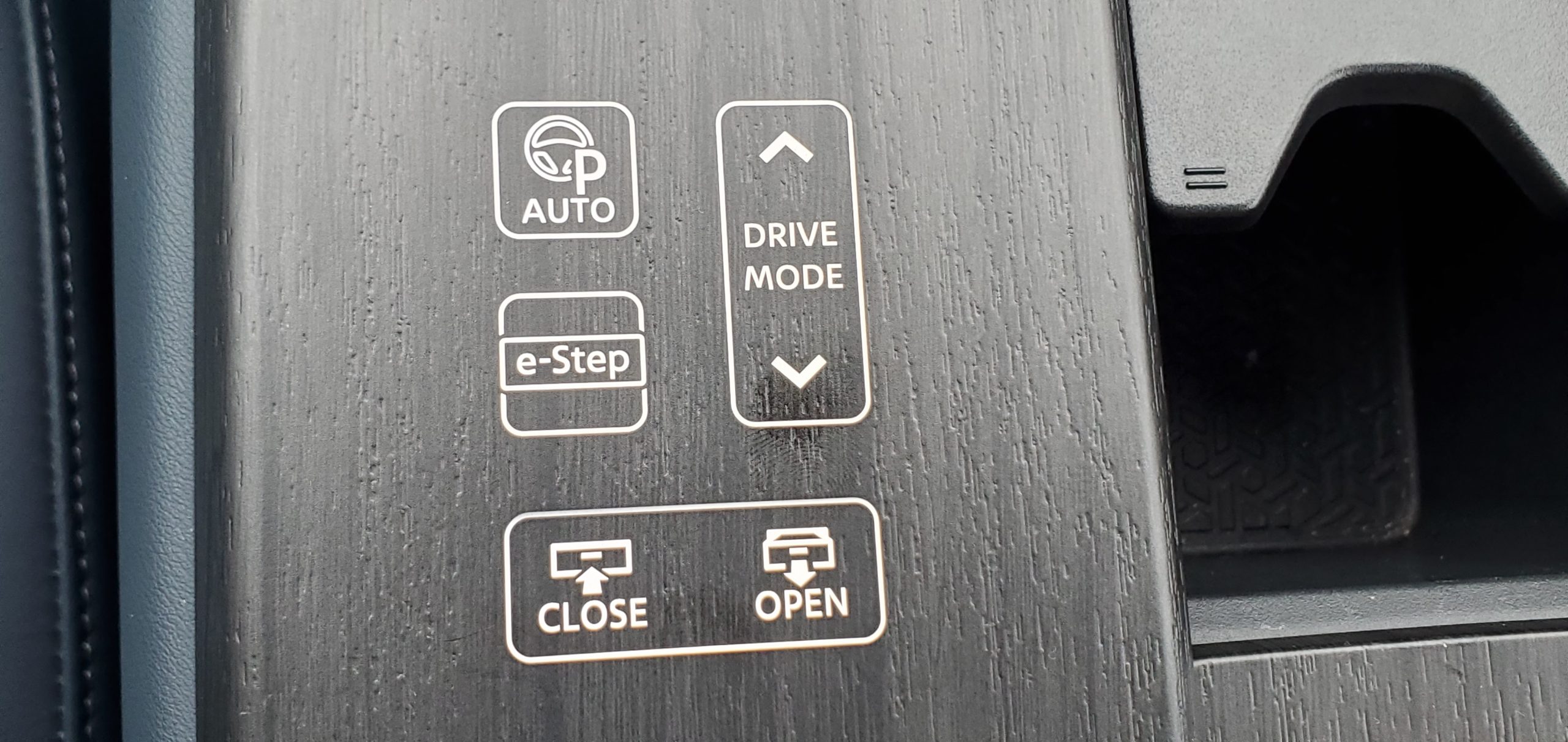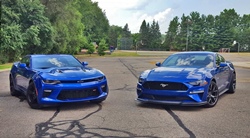The Nissan Ariya was supposed to be the company’s next crescendo in the EV market with the CUV following on the heels of the Nissan Leaf compact. The Ariya had the looks, the tech, and the moxie needed to be an edgy leader in the EV segment. However, things have not been going according to plan with the Ariya proving to be a slow seller with Nissan selling just over 13,000 of them during 2024. That’s a far cry from rivals like the Ford Mustang Mach-E though it’s also ironically a 122% increase in sales during the second half of 2024.
So what’s exactly going on with the Ariya and why is it having so much trouble in sales? We wanted to find out.
Ariya’s exterior styling has pop

The exterior styling of the Ariya is certainly not to blame with our tester featuring a look that’s futuristic and crisp. The front grille panel has an interpretation of Nissan’s V-Motion grille design with the front lighting featuring accents that flow downward at a slight angle creating a winged look. The side profile has a soft look with the gently flowing roofline leading to the rear which is arguably the blandest part of the Ariya with the lightbar doing little to follow the same basic theme as the rest of the Ariya. Our Platinum+ tester arrived with 20-inch wheels that add some extra charm to the Ariya especially when viewed by passersby
With the Ariya replacing the Nissan Leaf in the company’s lineup, the SUV is often seen as an upgrade over the Leaf and the exterior styling is a big step up from what was seen in that model. As a result, the Ariya has its own unique brand of pop but in a market where more EVs are emerging on the scene, the Ariya needs a snazzier suit of clothes in the future to help it attract more attention to avoid blending into the background.
Comfort and tech highlight Ariya interior

Slip inside the Ariya and you’ll find a cabin that’s futuristic and minimalist with designers pitching nearly all of the analog buttons to help create a dashboard that’s flat and swoopy. Many of these buttons are replaced by haptic feedback controls but some of them require a firm push to operate properly and we wish that Nissan would have kept more analog buttons for functional features like the climate control. The minimalist vibe is complimented by the comfortable front seats but the rear seats have noticeably less room but shorter adults will find plenty of room to be comfortable while taller passengers will be noticeably more cramped.
All Ariya models get a pair of 12.3-inch screens which serve as the digital instrument cluster and the infotainment system. Apple CarPlay, Android Auto, and in-dash navigation are all standard. The system does its job well but buyers looking for a bold gimmick or perhaps a slick feature to make the Ariya stand out from others will not find it here, it’s all business when it comes to the Ariya’s tech and that’s fine since some buyers don’t want infotainment systems that are overly complicated and require trips to the instruction manual. They will, however, want good cargo capability and the Ariya certainly nails it in that regard with the rear cargo area having a good amount of room and the flat load floor allows owners to put in bulkier cargo items with minimal liftover.
EV powertrain exposes big weakness

Performance for the 2024 Ariya depends on what trim level you’re dealing with. The Engage model gets a 63-kWh battery pack with the rest of them getting a bigger 87-kWh battery pack. The Enage is also the least powerful in the lineup with these models making 214 hp. Front-wheel drive is standard on the Engage and the Evolve+ but buyers can swap it out for optional all-wheel drive and its dual-motor setup which bumps power up to 335 hp.
The rest of the Ariya family gets the dual-motor setup standard with our Platinum+ tester getting the beefiest version of the setup which makes 389 hp. The power is noticeable off the line but our main gripe with the Ariya is that other than its ability to impress with stoplight sprints, there’s not much else here that excites the senses. The steering is too numb and the suspension is too focused on comfort to provide any form of substance.
That said, the Ariya attempts to make up for this with range but trim level will once again play a role in how much of that you get with the base Ariya getting 304 miles in FWD guise. Adding the dual-motor setup dings range slightly and Platinum+ models like our tester getting 276 miles of range on a single charge. The main issue here is charging speed with the Ariya only being able to charge at a mere 130 kW on a Level 3 charger. That’s slower than other EVs but it doesn’t reflect the full story since the Ariya has a better charging curve when hooked up to a charging station. However, most buyers look at raw numbers when they are looking to purchase an EV and that low figure will remain a prominent weakness despite Nissan confirming that it will provide an adapter to charge at Tesla Supercharging stations with the EV itself getting a port the year after.
Value Quotient:

Pricing for the 2024 Nissan Ariya starts at $39,770 which will get them into a base Engage model with front-wheel drive. The pricing ladder goes up in a logical manner as you make your way up the trim ladder with Platinum+ models like our tester getting a base sticker of $54,370 with the 20-inch wheels not adding anything extra to the sticker. Optional equipment however, will add a small premium to the price with our tester receiving a light coating of optional goodies which caused the price to creep closer to $60,000.
This pricing puts it on par with other near-luxury EVs but the deficits in range and power present a unique problem when it comes to justifying an Ariya for purchase. Combined with Nissan’s ongoing troubles (undoubtedly enhanced by tariffs targeting the company’s Mexican imports,) and the Ariya has a tremendous disadvantage against some of its rivals.
That’s a shame too because if you’re willing to look past some of its flaws the 2024 Nissan Ariya is a comfortable tech-laden EV that will certainly be more than enough for most people. This will be true once it gets some of the updates that it needs including a beefed-up EV powertrain and more range for select trim levels.

Carl Malek has been an automotive journalist for over 10 years. First starting out as a freelance photographer before making the transition to writing during college, his work has appeared on numerous automotive forums as well as websites such as Autoshopper.com.
Carl is also a big fan of British vehicles with the bulk of his devotion going to the Morgan Motor Company as well as offerings from Lotus, MG, and Caterham. When he is not writing about automobiles, Carl enjoys spending time with his family and friends in the Metro Detroit area, as well as spending time with his adorable pets.

